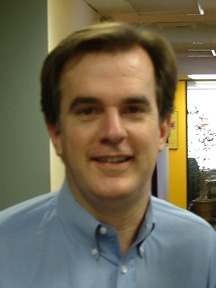A good friend of mine sent me an article. Although my friend had no intention of giving me ideas for this blog post or motivation to start my own, she did. The article was called How to Network in a New City by Matt Cheuvront who writes the blog Life Without Pants. In the article, Matt wrote on the topic of blogging:
“Seriously, just do it. Don’t worry about defining yourself, don’t worry about establishing a niche from the get-go. Just write…and you’ll undoubtedly meet some amazing people (and might even make a few friends) along the way.”
According to The Future Buzz blog, 133 million blogs have been indexed by Technorati since 2002 and 77 percent of all one billion active Internet users read those blogs (Internet World Stats). Whether the just do it motto or the impressive stats motivate you, it’s safe to say that blogging is here to stay and it is certainly worth getting in the game if you’re not already in it.
I found a few considerations for blogging that are useful to blogger veterans and virgins alike. One consideration is the marketability a blog can create for you. While I am proud to say that there are many qualified fellow new PR professionals out there, it also means there is an extreme amount of competition for a very small job market. Blogs can help you stand out and differentiate yourself from the masses by greatly improving your ‘online resume’ as Matt Cheuvront puts it. Community building, networking expertise and product knowledge are just a few great talking points a successful blog can give you for an interview.
Another consideration in utilizing a blog is to post about your industry. Dan Schwabel, leading personal branding expert for Gen Y, says posting about your industry can show potential employers that you have the knowledge and understanding of your industry and will make them come to you.
While it is important to consider all of these aspects in your blog, make sure you remember that while a blog should reflect on your professionalism, readers really want personality and honesty, so don’t lose sight of that.
So, what considerations have you made with your blog? Please share your thoughts and blog links!
—
COURTNEY VAUGHT is a member-at-large of PRSA New Professionals Section. You can reach her at vaughtc20@gmail.com or @CourtV. If you have more in-depth career questions for her dad, Jeff Vaught, you can reach him at jejucoal78@msn.com.

 Next week, on Wednesday, September 30, Mary Beth West will be telling new PR pros how to generate opportunity and avoid common mistakes in the teleseminar,
Next week, on Wednesday, September 30, Mary Beth West will be telling new PR pros how to generate opportunity and avoid common mistakes in the teleseminar, 